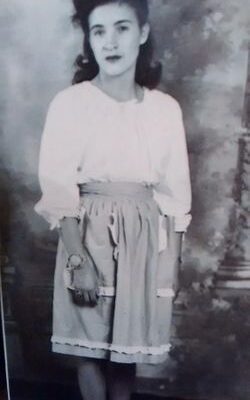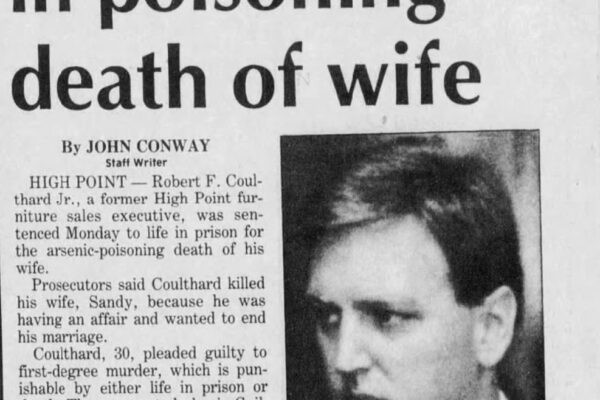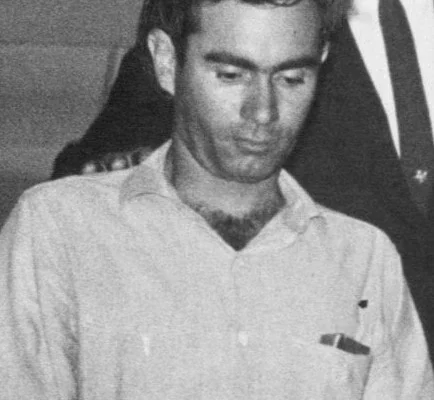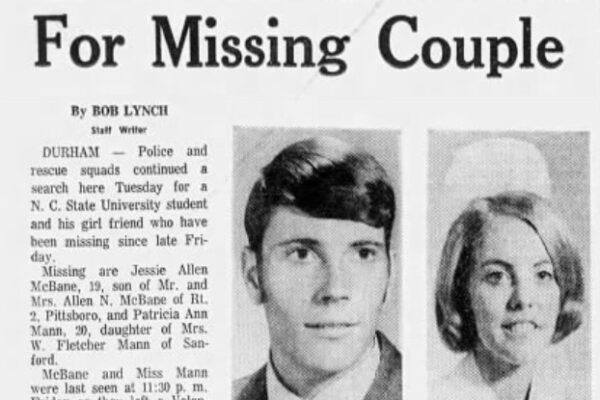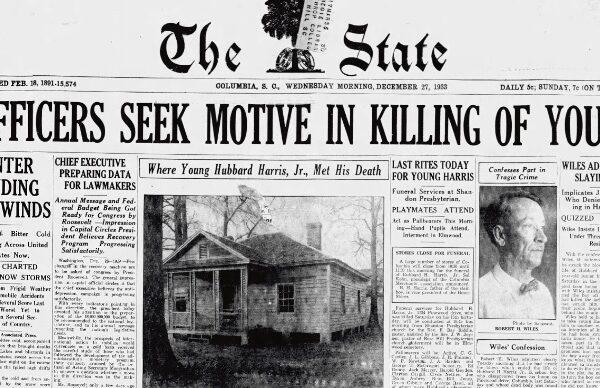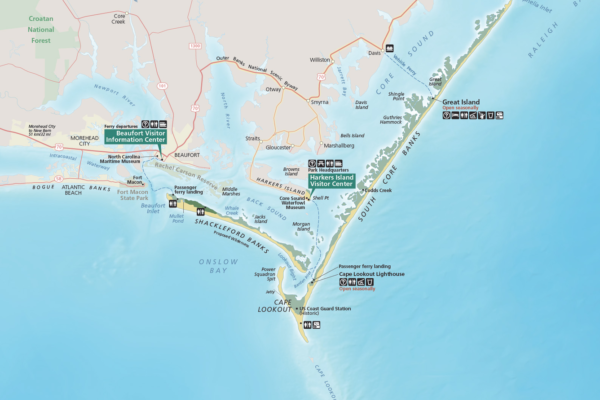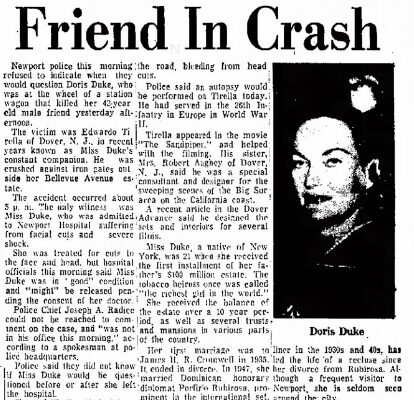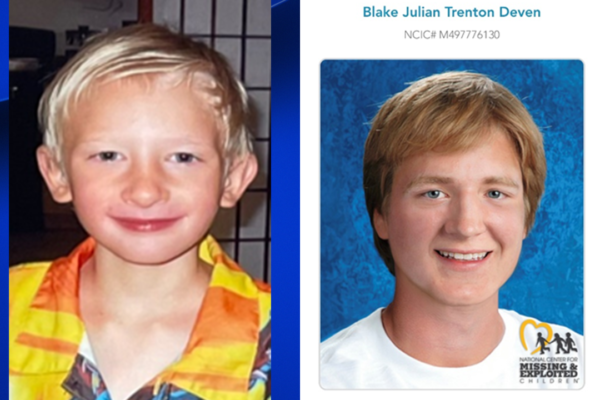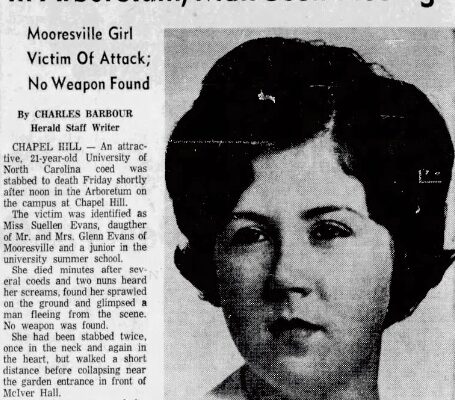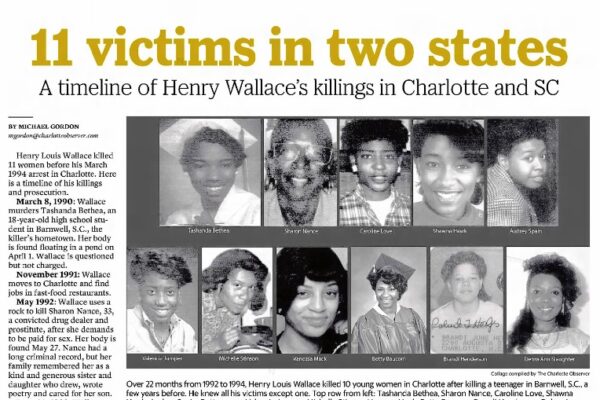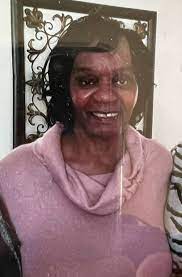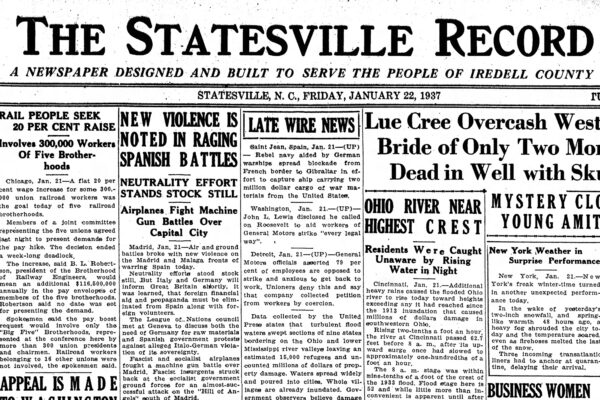In 2021 I discussed several cold cases involving indigenous women and girls, including the murder of 5-year-old Brittany Locklear, who was kidnapped and later found murdered in Hoke County. If you’d like to learn more about that case and more, check out Episode 29 Missing and Murdered Indigenous Women in North Carolina, Part 1. Episode 32, Missing Teen Girls in North Carolina, included the story of 13-year-old Native American teen Donna Barnhill, who went missing from her home in Lexington, North Carolina, in 1981. I’ll put a link to both of those episodes in the shown notes if you haven’t listened to them. Today’s episode will focus on victims from the Eastern Band of Cherokee Indians, or the ECBI.
In a 2016 National Institute of Justice Report, the following statistics were published. More than 3 in 5 Native American women have experienced violence in their lifetime, more than half have experienced sexual violence, and the majority have been victims of physical violence at the hands of intimate partners. In some counties, they face murder rates more than 10 times the national average.
One of the frustrating aspects of the Indigenous Peoples community is the lack of media coverage and attention to the victims. This goes back for decades, and it becomes evident quickly when you try and find more research about these cases.
For example, in the “Smoky Mountain Times article” “Silent No More: Native Communities Call for End to Crisis of Missing and Murdered Indigenous Women,” I saw mention of a young murder victim named Dora Owl from the late 1940s.
The article stated that the earliest case of a missing and murdered native woman occurred in 1947, when a stranger kidnapped 23-year-old Dora Owl, took her out to Fontana Dam, shot her, and left her for dead. The article quoted her great-grandson, who said Dora did not die immediately, and after a bystander found her on the side of the road, she was taken to the hospital, where she died later from her injuries. The article went on to say that Dora Owl’s case is one of seven on a list of 31 Cherokee women known to have been murdered, gone missing, or died under mysterious circumstances.
An obituary page for Dora Owl online lists her full name as Dora Owl George, born on October 24, 1924 in Birdtown, Swain County. However, when I started doing research on this case, I found some interesting information published in what was then called “The Asheville Times.” This was about a crime that took place in 1948, so it looks like the original records were about a year off. The first article ran as a news brief on April 3, 1948. It said a woman was being held by Haywood County authorities in connection with the slaying of 23-year-old Dora Owl. The crime appeared to be the result of a domestic dispute. Here’s the rest of the article, and keep in mind the writing style of newspapers has changed significantly over the years, particularly when reporting about females.
The article stated:
Mrs. Owl, the mother of two small children, died shortly after she was admitted to the Cherokee hospital with a gunshot wound to the abdomen. Mrs. Dock Brock was arrested at her home by Haywood authorities and was to be turned over to Graham county officials. Graham Sheriff J.B. Crisp and Calloway Martin, special agent on the Indian Reservation, said the shooting occurred on Panther Creek near the home of W.M. Roberson. They said their investigation disclosed that Mrs. Brock and another woman whose name was not revealed, accosted Mr. Brock, Mrs. Owl, and another Indian girl parked in a car on Panther Creek Thursday afternoon. Mrs. Brock, they said, opened fire on the car and ordered the two girls into the road. The officers said Mrs. Owl and her companion then walked down the road three-quarters of a mile, and were again approached by Mrs. Brock. This they said, was when Mrs. Owl was shot and fatally wounded.
The other article I found was published in “The Asheville Times” more than a year later, on September 12, 1949. It was only a few sentences that read:
Mrs. Lyle Brock, about 40, of Robbinsville, was sentenced to five to seven years in State’s Prison for the killing a year ago of Dora Owl, Indian woman, in an argument over a man. Mrs. Brock pleaded guilty to a charge of manslaughter.
I think part of the confusion in the history of this case is that the newspapers often printed initials instead of full names and in this case, we see the name Mrs. Dock Brock and Mrs. Lyle Brock are both used as the person who admitted to shooting Dora Owl. But the “Smoky Mountain Times” article where I first found mention of Dora’s murder said it was still unsolved. So how do we explain the articles printed in 1948 and 1949 that report on the assault and murder, where Dora died of a fatal gunshot wound to the abdomen? Was the conviction of this mysterious Mrs. Brock overturned at some point and she was released from prison? Or did she never serve time at all? This case is even more interesting because the vast majority of Missing and Murdered Indigenous Women involve domestic violence at the hands of a man, and for this one to have a female perpetrator was a twist I wasn’t expecting. It could also explain how the person responsible for Dora’s death may have gotten out of serving time for the crime, as it was the 1940s.
Jacqueline Davis
Next I want to talk about a 13-year-old named Jaqueline Davis, who vanished from Cherokee more than 50 years ago and this is another one of those cases where there isn’t a lot of information available. Jacqueline Davis left her home on the night of April 12, 1969. The Charley Project website notes that she was last seen walking to a friend’s house in Cherokee, and after that, she was never seen again. She was a member of the Eastern Band of Cherokee Indians, and at the time she was missing, her height and weight were unknown. She had black hair, brown eyes, and a scar above her eyebrow from a barbed wire fence. Her nickname was Jackie. Anyone with information on her case is asked to contact the Bureau of Indian Affairs in Nashville, Tennessee at 615-564-6600.
Marie Walkingstick Pheasant
Another unsolved case from Cherokee has a large reward attached to it in the hopes of prompting people to come forward with information. On December 29, 2013, members of the Cherokee Indian Police Department were called to the scene of a burned-out car in the Big Cove Community. A body found in that vehicle was later identified as 26-year-old Marie Walkingstick Pheasant. She was survived by two children and her husband Ernest Pheasant. There is not much information available about Marie’s death, other than the police suspect foul play and it remains an active investigation.
On November 21, 2022, the Cherokee Indian Police Department announced the reward for information leading to the arrest and conviction of the person or persons responsible was being increased from $5,000 to $50,000. Anyone with information about the death of Marie Walkinstick Pheasant is asked to contact the Public Safety Communication Center at 828-497-4131.
Danielle Brady Hicks
In October of 2020, another wife and mother of two from the Eastern Band of Cherokee Indians named Danielle Brady Hicks was violently murdered. On October 5 of that year, dispatchers were alerted that someone had seen a young female unresponsive on the shoulder of the road in Jackson County. Witnesses said a man, later identified as 48-year-old Billy Jack Hicks, was trying to load her into a white pickup truck. According to WLOS News 13, deputies arrived on the scene and attempted to stop the truck. Billy Hicks ignored their demands and continued on the highway to Harris Regional Hospital. His wife, 34-year-old Danielle, was in the truck suffering from a gunshot wound. She died of her injuries the next day at a hospital in Asheville where she’d been transferred.
Danielle was pregnant with her third child at the time of her death. Police interviewed Billy Hicks and charged him with assault with a deadly weapon inflicting serious injury. At first, he was placed on a 48-hour domestic violence hold. He told police Danielle’s gunshot wound was self inflicted. The Sylva Herald searched arrest records and found Billy Hicks had previous arrests for drug possession, violating a domestic violence protective order, probation violations, assault on a female, and simple assault. At present he is currently in jail without bond awaiting trial for murder. In 2021, three women in the Indigenous People’s community decided they wanted to shed more light on the crimes of Missing and Murdered Indigenous women all over the country. The podcast is called We are Resilient: An MMIW True Crime Podcast and it has almost 50 episodes if you want to check it out wherever you get your podcasts.
Listen to the full episode here.
